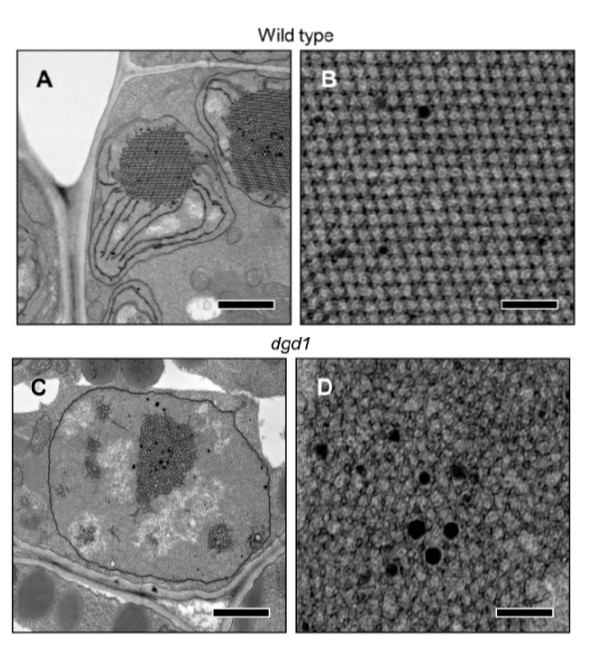
Etioplasts: The Role of Digalactosyldiacylglycerol
Blog, Plant Physiology, Plant Physiology: On The InsideIn dark-grown plants, the plastids of cotyledon cells develop as etioplasts. Etioplasts contain unique internal lattice membrane structures called prolamellar bodies (PLBs) and lamellar prothylakoids (PTs). PLBs accumulate protochlorophyllide (Pchlide), a chlorophyll intermediate, in a complex with NADPH…

Tomato fruit localized phytochromes regulate chloroplast biogenesis, starch synthesis and carotenoid metabolism (J. Exp. Bot)
Plant Science Research WeeklyThe earliest report about the influence of light quality in tomato fruit biology dates back to 1954, in which it was shown that red /far red light regulates fruit pigmentation reversibly. Using fruit-specific RNAi silencing of SlPHYA, SlPHYB2 or SlPHYB1/B2, Bianchetti and co-workers have shown the…
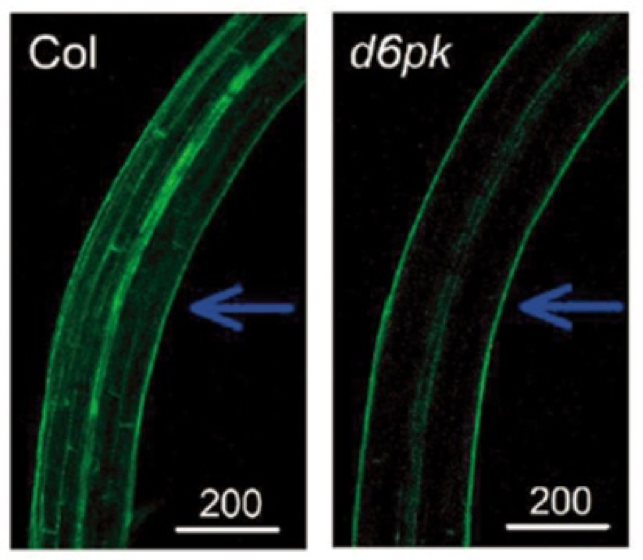
Roles of AGCVIII kinases in the hypocotyl phototropism of Arabidopsis seedlings (Plant Cell Physiol.)
Plant Science Research WeeklyPhosphorylation and de-phosphorylation are fundamental events for signal transduction. Phytohormone and light signaling are no exception in this case. Plants face towards light by creating lateral auxin gradient between exposed and shaded sides. This asymmetric auxin distribution is mediated through…
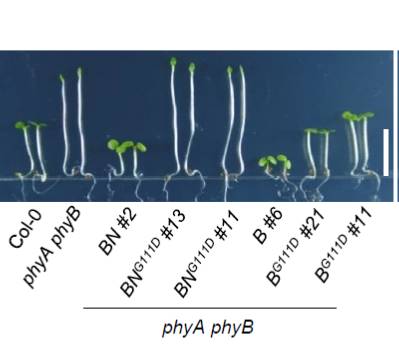
Phytochrome B mutants discern distinct roles of PIF degradation and sequestration (Plant Cell)
Plant Science Research WeeklyThe interaction between phytochromes and phytochrome-interacting factors (PIFs) is key to light signaling. Both sequestration and degradation of PIFs occurs, and Park et al. have explored the relative contributions of these two PIF fates to the light response. They studied two mutants, one with a point…
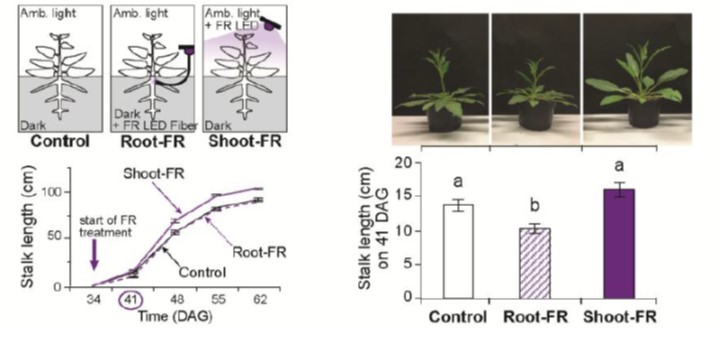
Root-expressed phytochrome B1 and B2 regulate shoot growth in nature (Plant Cell Environ.)
Plant Science Research WeeklyLight is not only a driving force of photosynthesis, but also an important environmental signal. Oh et al. report that a number of light sensing phytochromes are expressed in roots of native tobacco (N. attenuata) at higher levels than in the shoots. The authors investigated the roles of those root phytochromes…
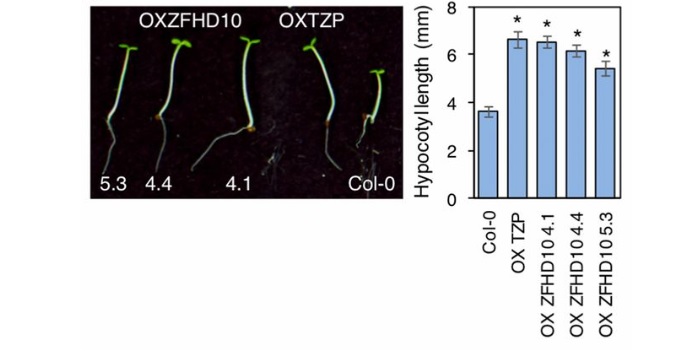
Regulation of Arabidopsis hypocotyl growth by transcriptional regulators (PNAS)
Plant Science Research WeeklyThe integration of light-based environmental signals with photoreceptors and transcriptional regulators is essential for coordinating plant growth, development and energy production. One such integrator of light and signaling components is the Arabidopsis thaliana TANDEM ZINC-FINGER PLUS3 (TZP). TZP…
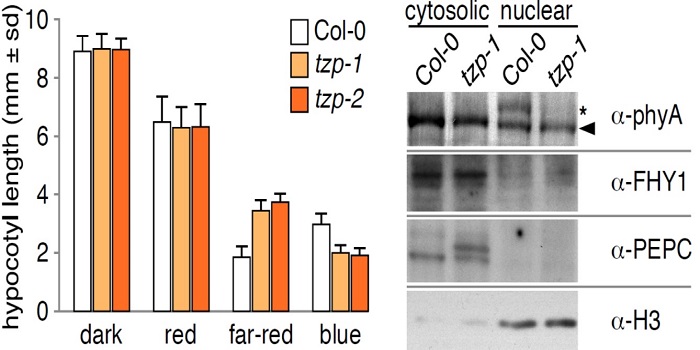
Developmental Timing is Everything: TZP and Phytochrome Signaling
Blog, The Plant Cell, The Plant Cell: In BriefAlthough they lack eyes, plants can differentiate between colors with a full complement of photoreceptors. Phytochromes (phys) are such photoreceptors dedicated to the visible light spectrum ranging from red light (600-700 nm) to far-red light (700-750 nm). phys are some of the most studied genes and…

Update: Phytochrome, Carbon Sensing, Metabolism, and Plant Growth Plasticity
Blog, Plant Physiology, Plant Physiology: UpdatesBy Johanna Krahmer, Ashwin Ganpudi, Ammad Abbas, Andrés Romanowski, and Karen J. Halliday
Plants continuously monitor fluctuations in their environment and actively adjust their metabolism to cope with variations in light and carbon resource availability. However, the links between photoreceptor signaling…
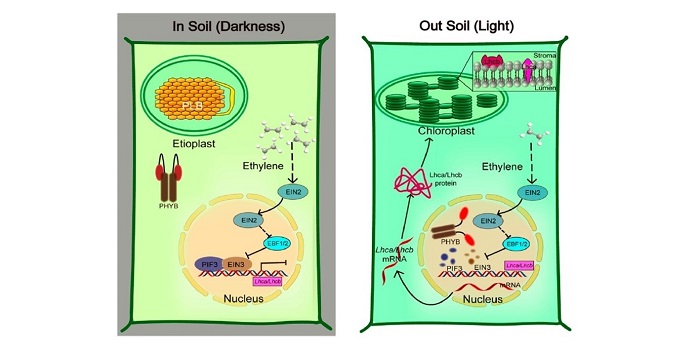
EIN3 and PIF3 form an interdependent module that represses chloroplast development in buried seedlings ($) (Plant Cell)
Plant Science Research WeeklyPhotosynthesis is the fundamental process for plants to produce food. Beneath the soil there is an impairment of chloroplast development. In this article, Liu et al. identified that mechanical pressure works through the ethylene-responsive transcription factor EIN3, while light signaling is mediated…

